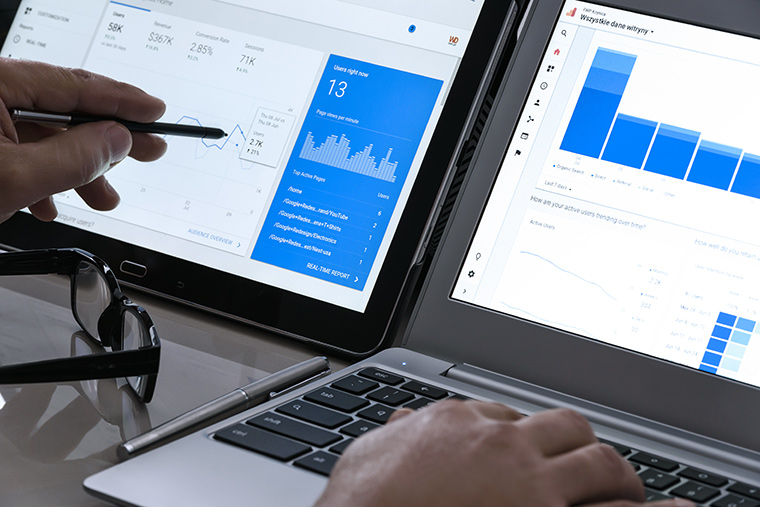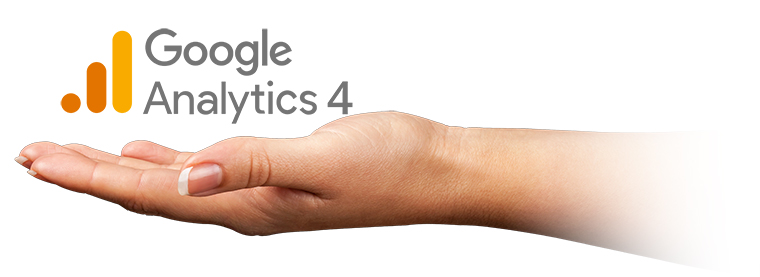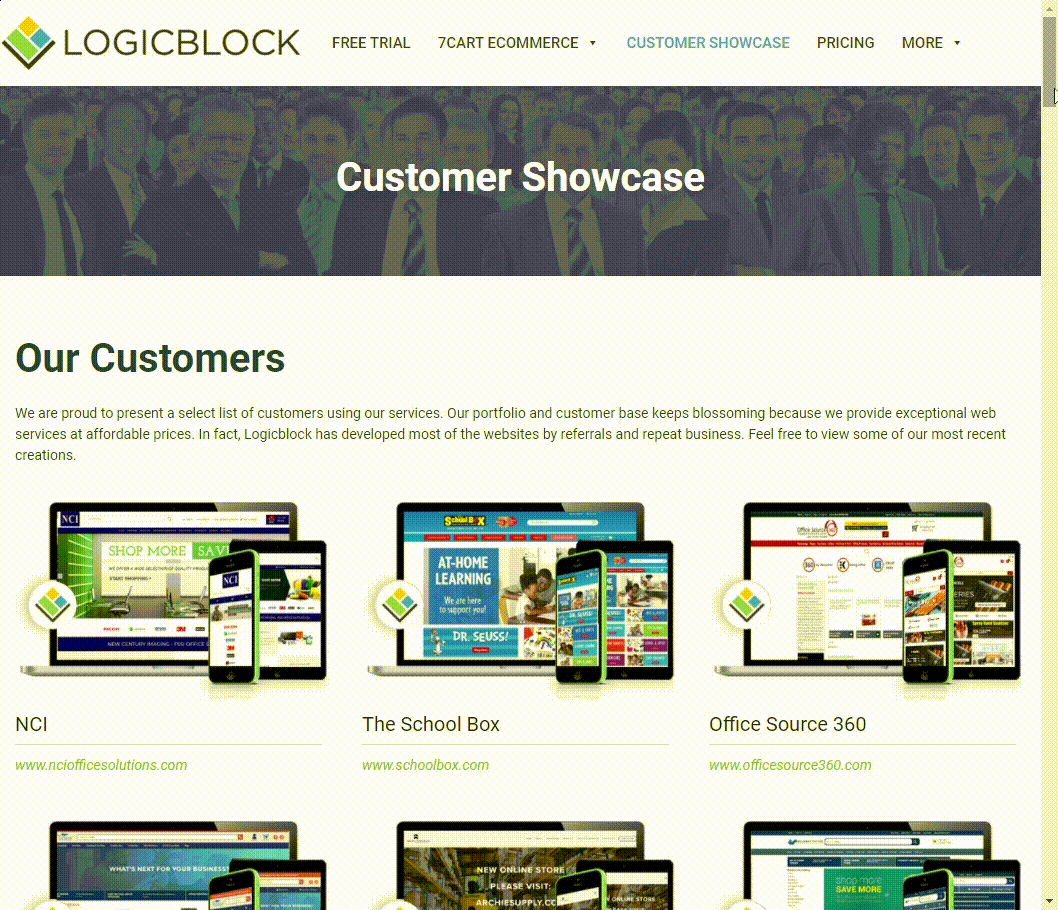Set your calendar alerts! It’s time to say goodbye to third-party data and hello to GA4! Google Analytics 4 (GA4) is the latest iteration of the most widely used web analytics platform, and with it come some major benefits. With GA4, you can get more accurate first-party data and gain insights into user behavior that you wouldn’t have gotten before. The switch from Universal Analytics to GA4 may seem daunting, but the process is actually quite simple. So, let’s explore the benefits of making the switch, discuss when businesses should make the switch, and provide tips on how to simplify the process.
GA4 – What Is It?

Google Analytics 4 (GA4) is the latest version of Google’s web analytics platform. It was released in 2020 and has slowly been replacing Universal Analytics, which was the previous version. While SEO helps potential customers learn about you, GA4 gives insight into website user behavior without relying on third-party data. With GA4, website owners can use their own data to gain a better understanding of their website and user activity, giving them a competitive edge in the market.
First Party Data vs Third Party Data
The concept of first-party data versus third-party data is critical when understanding the benefits of GA4. First-party data is the data collected by a company about its own customers. Third-party data is usually purchased from an external source, such as an advertiser or an affiliate program.
GA4 prioritizes first-party data. It’s focused on collecting more detailed and accurate information about customers that businesses can use to better understand their target audiences and tailor their campaigns accordingly. GA4 also helps businesses gain greater insights into customer behavior, enabling them to adjust their strategies in real-time and better serve their customers’ needs.
6 Top Benefits of GA4
The number of advantages GA4 has over Universal Analytics can’t be overstated, so here are a few of its most valuable benefits.
Increased Accuracy
GA4 collects user data more accurately than Universal Analytics and offers improved features such as enhanced session control, smarter attribution models, and more sophisticated segmentation capabilities.
Enhanced Data Protection
With GA4, user data is stored securely, and third-party data is not collected. This helps businesses stay compliant with the General Data Protection Regulation (GDPR).
Improved Audience Insights
GA4 provides users with detailed audience insights that can be used to build more effective marketing campaigns. These insights allow marketers to better understand their target audience and develop tailored strategies for each segment.
Easier Integration with Other Tools
GA4 integrates easily with other tools such as Google Ads and Search Console, allowing users to collect valuable data across multiple platforms.
Better Reporting
GA4 provides users with more powerful reporting capabilities, allowing them to track trends and make data-driven decisions quickly and efficiently.
Simplified User Experience
You want your website to be easily accessible, right? Offer your team the same accessibility you offer your customers with a streamlined user interface from GA4.
When Should We Make the Switch?

The answer to this question is a resounding “Right now!” Google is ending their Universal Analytics program at the end of June 2023. That means you need to start making the switch as soon as possible.
Data will not automatically transfer, which means it’s up to you to make the switch as soon as possible. To ensure you don’t accidentally lose any of your valuable data, schedule your switch on the first or last day of the month. That way your month-over-month accrual won’t be interrupted midmonth.
By switching to GA4, businesses are able to avoid the risks associated with collecting 3rd party
data and can focus on collecting and analyzing their own first-party data. Not only is this data more reliable, but it also helps to ensure compliance with current regulations. Making the switch now will help businesses get ahead of the curve, rather than scrambling to make adjustments down the line.
5 Tips for Making the Switch to GA4
It may seem daunting but with these tips, making the switch to GA4 will be as easy as it is rewarding. Just like any time you plan a big move, taking the time to prepare will help ensure a smoother transition and help you start collecting better data sooner.
- Get familiar with the new tools and features. Before you make the switch, make sure you understand all the new features and tools available with GA4. Take some time to get comfortable with them so you know how to use them once you make the transition.
- Assign roles and responsibilities. When transitioning to a new system, it’s important to assign roles and responsibilities so everyone understands who is responsible for what tasks. This will help ensure everything is running smoothly and quickly.
- Map out your current data collection. Before switching to GA4, take the time to map out all of your current data collection points and processes. This will help you understand what data needs to be transitioned to GA4 when making the switch.
- Set up tracking codes in advance. Setting up tracking codes in advance will make sure that your data is being collected properly once the transition is made.
- Test and monitor the transition process. Once you make the switch, take the time to test and monitor the transition process to ensure everything is running smoothly. This will give you the chance to troubleshoot any issues that may arise quickly and easily.


